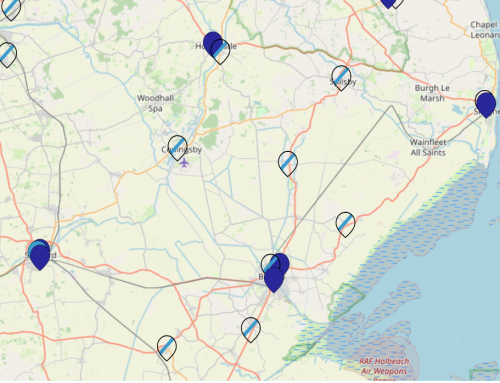1. For a number of years research has shown that selection widens the gap between the achievement of the poor and the better off. Stewart in his wide ranging review of the case for comprehensive education quotes research carried out 10 years ago by Hanushek and Woessmann who reviewed the effect of selection in educational systems round the world. The found that selection not only increased inequality but led to reduced performance (i).
2. Since then year after year international comparisons by OECD’s Programme for International Student Assessment (PISA) show that the highest achieving systems are comprehensive. These reports focus on the significance of segregation in terms of differing social intakes. This large-scale study of the knowledge and skills of 15-year-olds is done every three years. On each occasion it shows that countries with more divided school systems perform distinctly less well, in terms both of overall standards and the spread of attainment, than those which are based on a more integrated and comprehensive approach.
3. PISA 2003 (ii) said ‘In countries with a larger number of distinct programme types, socio-economic background tends to have a significantly larger impact on student performance such that equity is much harder to realise” and “The analyses reveal that countries with greater socio-economic inclusion tend to have higher overall performance’. In other words integration, equity and excellence tend to go together.
4. Another study later said ‘A clear cut finding from PISA is that early differentiation of students by school is associated with wider than average socio-economic disparities and not with better results overall’(iii).
5. The report on the PISA 2009 findings said ‘School systems that track students early into different educational programmes show lower levels of equity but do not achieve higher levels of average performance than systems that track students later in the their school careers. This finding is consistent with prior research showing that inequality is higher in more differentiated school systems’(iv) . At the launch this report Angel Curria, the General Secretary of the OECD said ‘In some countries, students are separated into different tracks at an early age because of the erroneous notion that only a subset of children can achieve world class standards. However, PISA shows that those systems tend to be fraught with large social disparities and freeze such disparities over time. In top performing systems, most students achieve high standards.’
6. In 2012 the OECD report again reported findings showing that selection should be avoided. It said ‘Early student selection has a negative impact on students assigned to lower tracks and exacerbates inequities, without raising average performance. Early student selection should be deferred to upper secondary education while reinforcing comprehensive schooling’ (v).
7. Most countries do not divide education systems by selecting pupils at the early age of 11. Only Austria, Belgium, Germany, Luxembourg and the Netherlands have selective systems, some based in part on parental choice. Some others have selection/specialisation for post compulsory school ages (vi). PISA found that Germany has a large gap between the achievement of the rich and the poor compared to comprehensive systems. Finland does well in international comparisons and is comprehensive.
Refs
i Hanushek, E and Woessman L in Stewart, H. (2015) The case for comprehensive schools in The Ins and Outs of Selective Secondary Schools . Civitas
ii OECD (2004) First Results from PISA 2003 Executive Summary. OECD
iii OECD (2007) PISA 2006 Science Competencies for a Modern World. OECD
iv OECD (2010) PISA 2009 results What makes a school successful. OECD
v OECD (2012) Equity and Quality in Education, Supporting Disadvantaged Students and Schools
vi OECD (2010) PISA 2009 results What makes a school successful.





